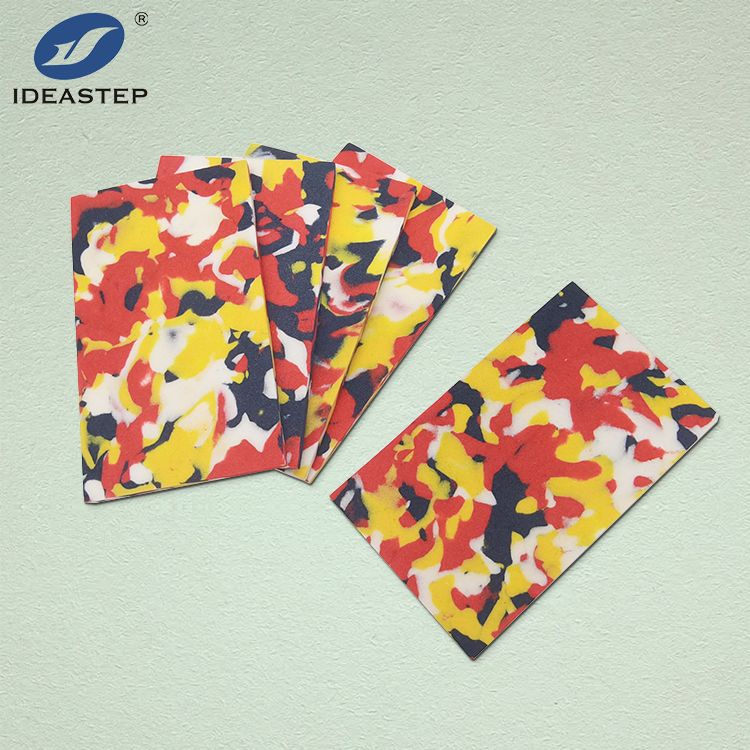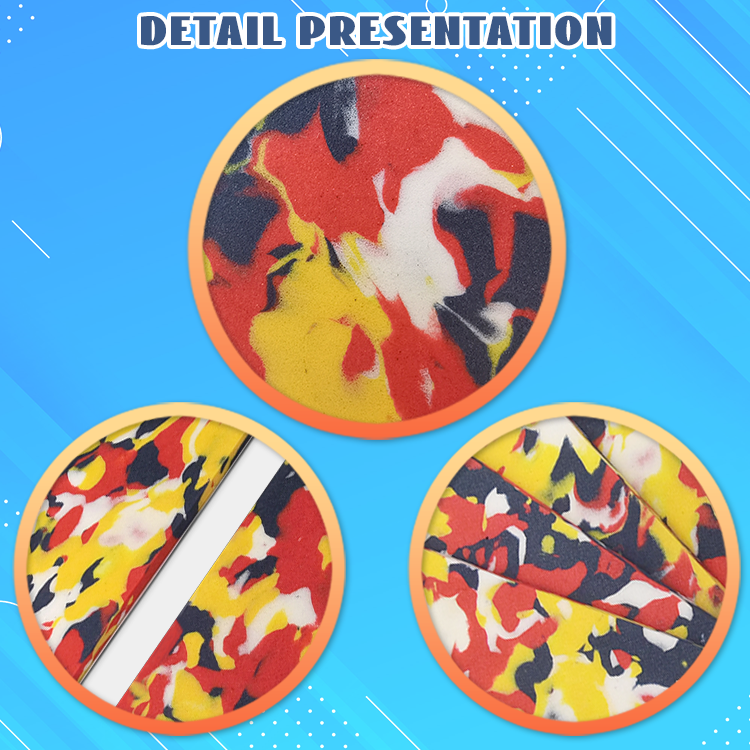What Are the Best Practices for Using EVA Foam Sheets in Manufacturing?
EVA foam sheets see wide applicability across industries due to their versatility, durability, and easy use in the making of various types of products. From packaging and insulation to the making of sports equipment and consumer goods, it is EVA foam that leads the way. To make the most of EVA foam sheets in manufacturing, one needs to ensure best practices in this regard. Here’s a guide to ensuring you get optimal performance and quality on your projects.
1. Proper Storage
Proper storage is necessary in maintaining EVA foam sheets in good quality. Store the sheets at a cool and dry location, and far from exposure to the sun and extremities in temperature. Direct UV and high humidity tend to degrade foam, with consequences affecting performance. Make sure the foam sheets are stored flat and should not have anything placed on top of them to exert great pressure and in turn prevent them from warping and deforming.

2. Exact Cutting Techniques
Precision cutting is essential in the production of shapes and sizes according to requirements in the EVA foam sheets. Sharp blades and cutting tools should be used to avoid rough and uneven cuts that degrade the material. A utility knife with a fresh blade is strongly recommended, or you can use a foam-cutting saw for getting smooth edges. A CNC machine is suitable for use in achieving high levels of precision and consistency in intricate designs.
3. Proper Handling
Use caution with EVA foam sheets in order to prevent breakage. In particular, dropping or over bending will cause small cracks or tears in the sheet. Use clean gloves to avoid oil or dirt from adhering to the EVA. Transport large sheets on a level surface or provide support to avoid creasing or warping.

4. Selection of Adhesive Types
Selecting the appropriate adhesive plays a vital role in bonding EVA foam sheets. Adhesives compatible with EVA foam should be used to ensure that a strong, long-lasting bond is created. Spray adhesives, contact cement, and double-tapes are commonly used in EVA foam applications. Always do a small-scale test prior to full-scale application to make sure the adhesive is compatible; otherwise, there could be problems.
5. Temperature and Pressure Control
Regulate the temperature and control the pressure when producing EVA foam by shaping or molding. EVA foam is extremely bad at high temperature-heat sensitivity and could melt or get too soft with a lot of heat. Ensure that the equipment is also in good calibration, and you follow the manufacturer’s technical settings both for temperature and for applied pressure in order not to damage the foam.

6. Quality Check
Periodic quality inspections have to be carried out on EVA foam sheets to assure they meet the specifications for which they are intended. Inspect for defects like bubbles, tears, or inconsistencies in density. The surface and edges have to be checked to make sure they are defect-free and, where required, appropriately sealed. Manufacturers such as Ideastep are known to observe very stringent quality control over their products to ensure the performance expected in various applications.
7. Application-Specific Considerations
Different applications may call for special considerations in using EVA foam. For instance, in sports equipment, the foam may be required to be cut to exact dimensions and shapes for optimal performance. In packing, the foam will need to have appropriate density to protect the item to be packed. Understand the requirements of your specific application so as to tailor your foam usage appropriately.
8. Waste Management
One of the vital aspects of utilizing the EVA foam sheets is effective waste management. Employ procedures that make the least amount of waste during the processes of cutting and handling. Recycle off-cuts and scraps where it is possible. Major manufacturers and suppliers often have their own recycling or eco-friendly disposal methods to incur the least amount of environmental waste.

9. Regular Maintenance of Equipment
Maintain your cutting and shaping equipment regularly to ensure it operates efficiently and accurately. Clean blades and tools to prevent contamination that can affect the quality of the cuts. Regular maintenance helps to extend the life of your equipment and ensures consistent results.
FAQ
Q: How should I store EVA foam sheets?
A: Store the EVA foam sheets in a cool, dry place away from direct sunlight and extreme temperatures. Store the sheets flat to avoid warping or deformation from excessive pressure.
Q: Which tools are better to cut EVA foam?
A: Sharp knives or cutting tools can directly cut the foam. Utility knives with new blades or a foam-cutting saw are really good for nice, clean cuts. For more detailed and intricate designs, one may cut them out by using a CNC machine.
Q: What type of adhesive is best for EVA foam?
A: Use adhesives that work well with EVA foam. The general ones are spray adhesives and contact cement, while double tapes can also apply. Ensure that the adhesives have compatibility: Apply a test patch first when not sure about the compatibility.
